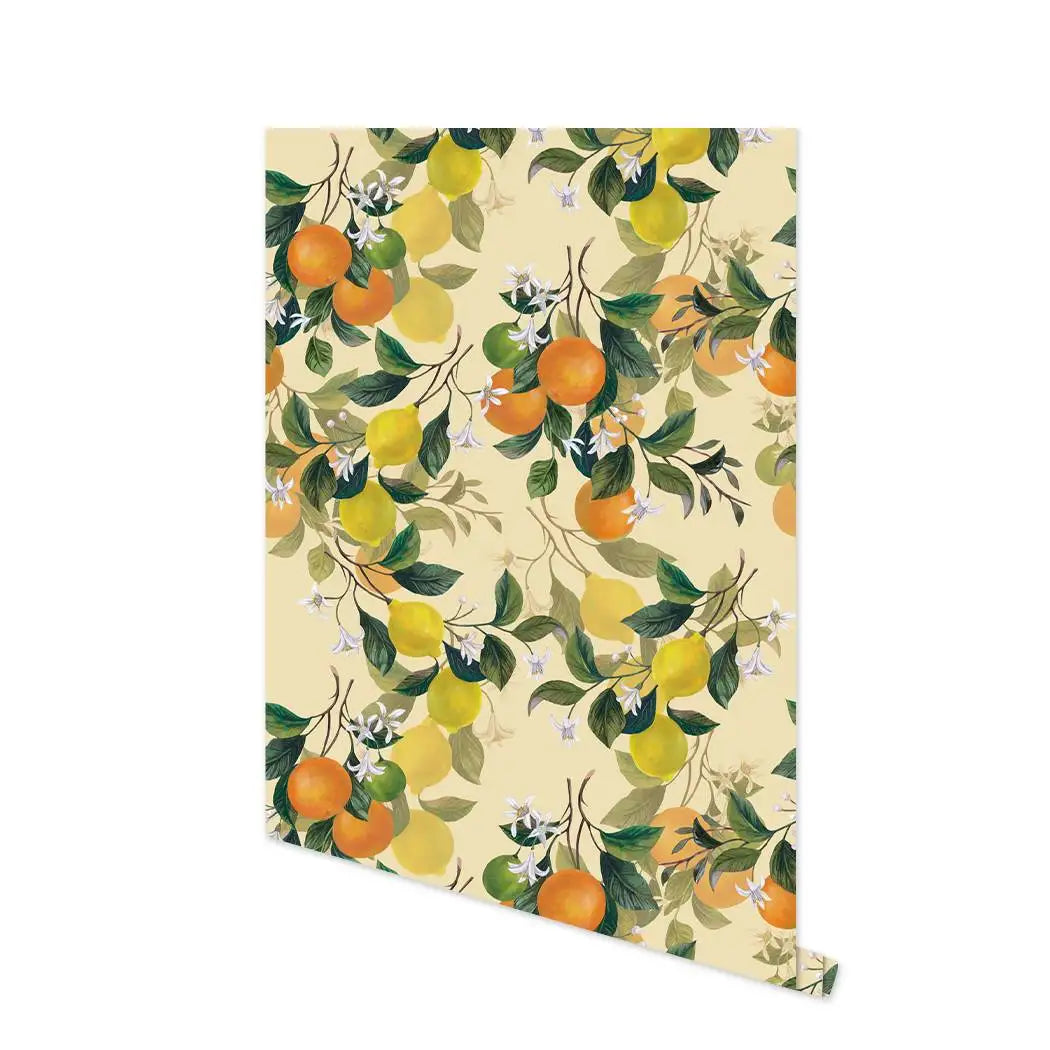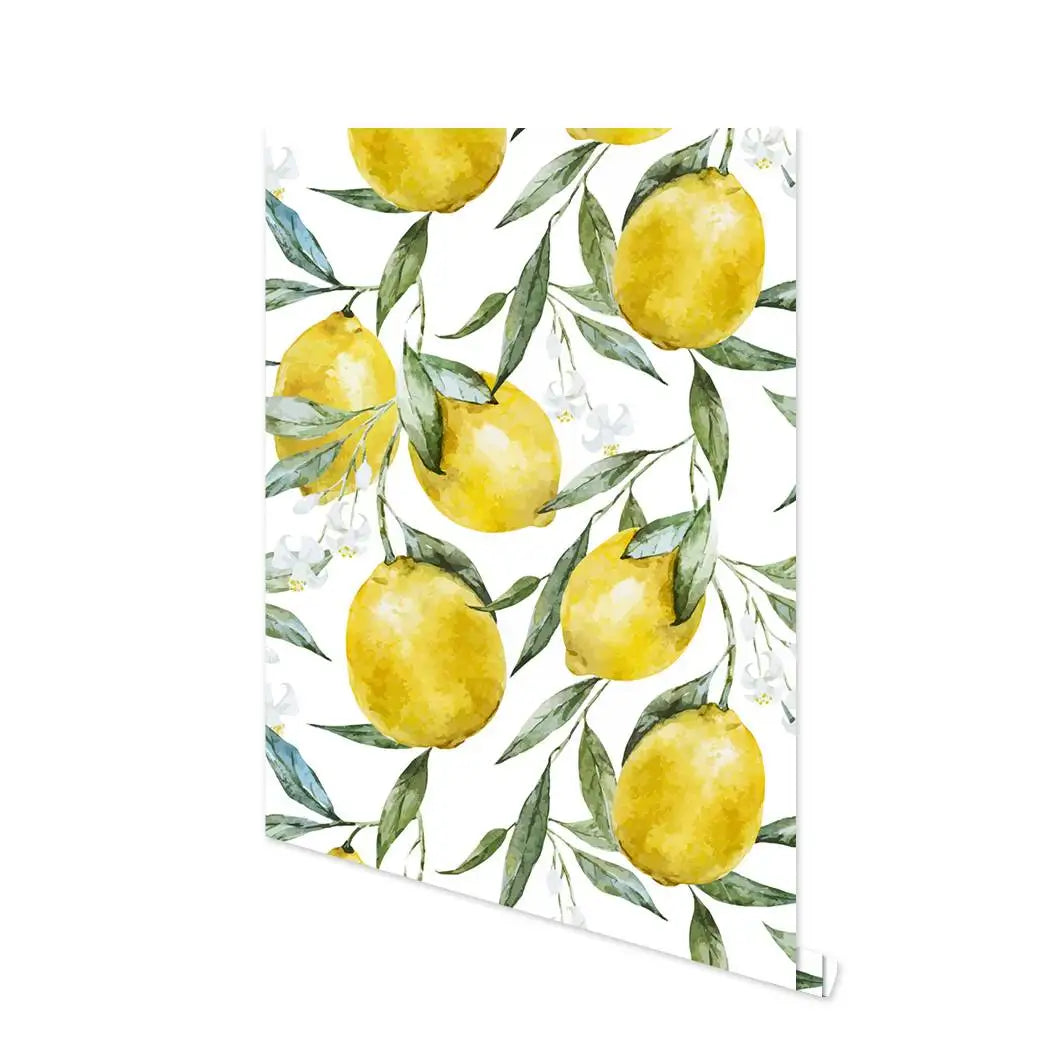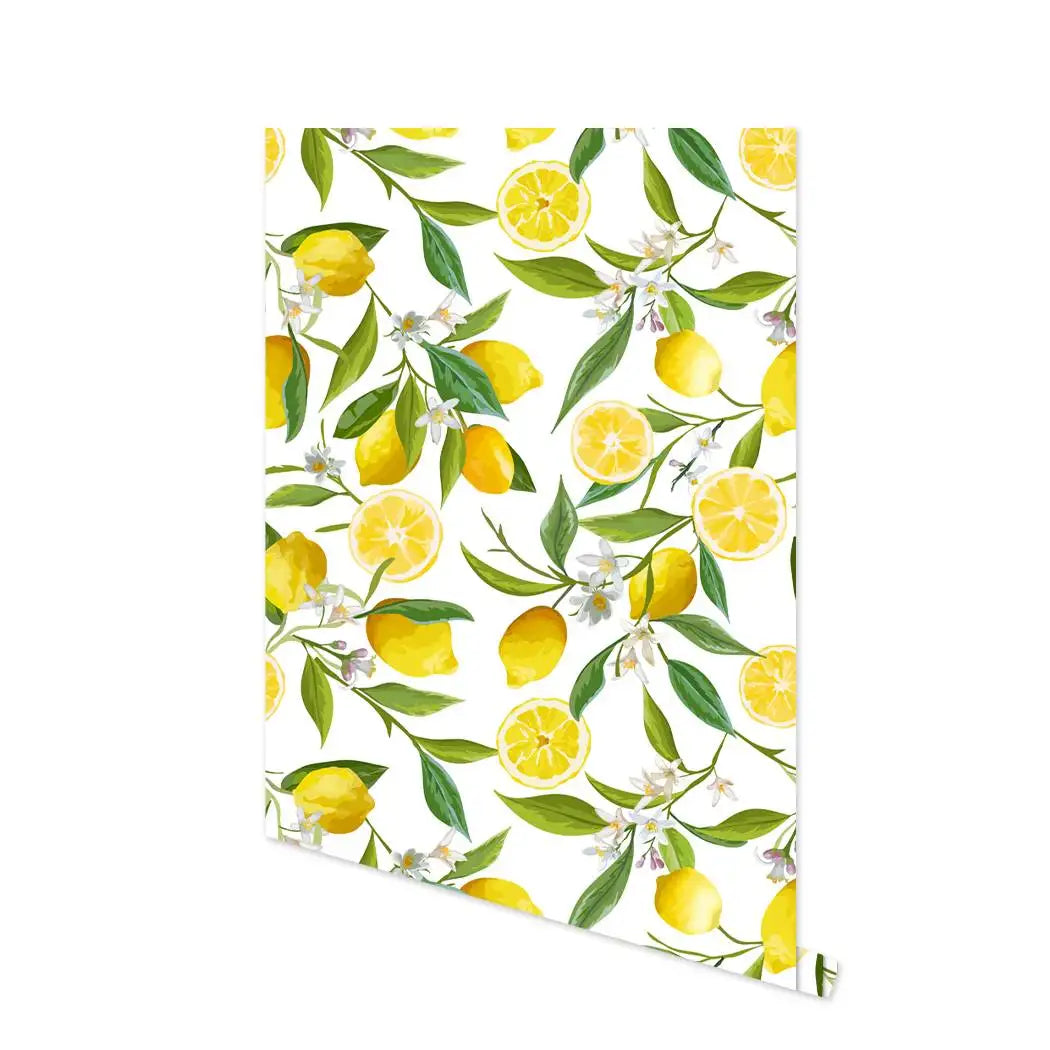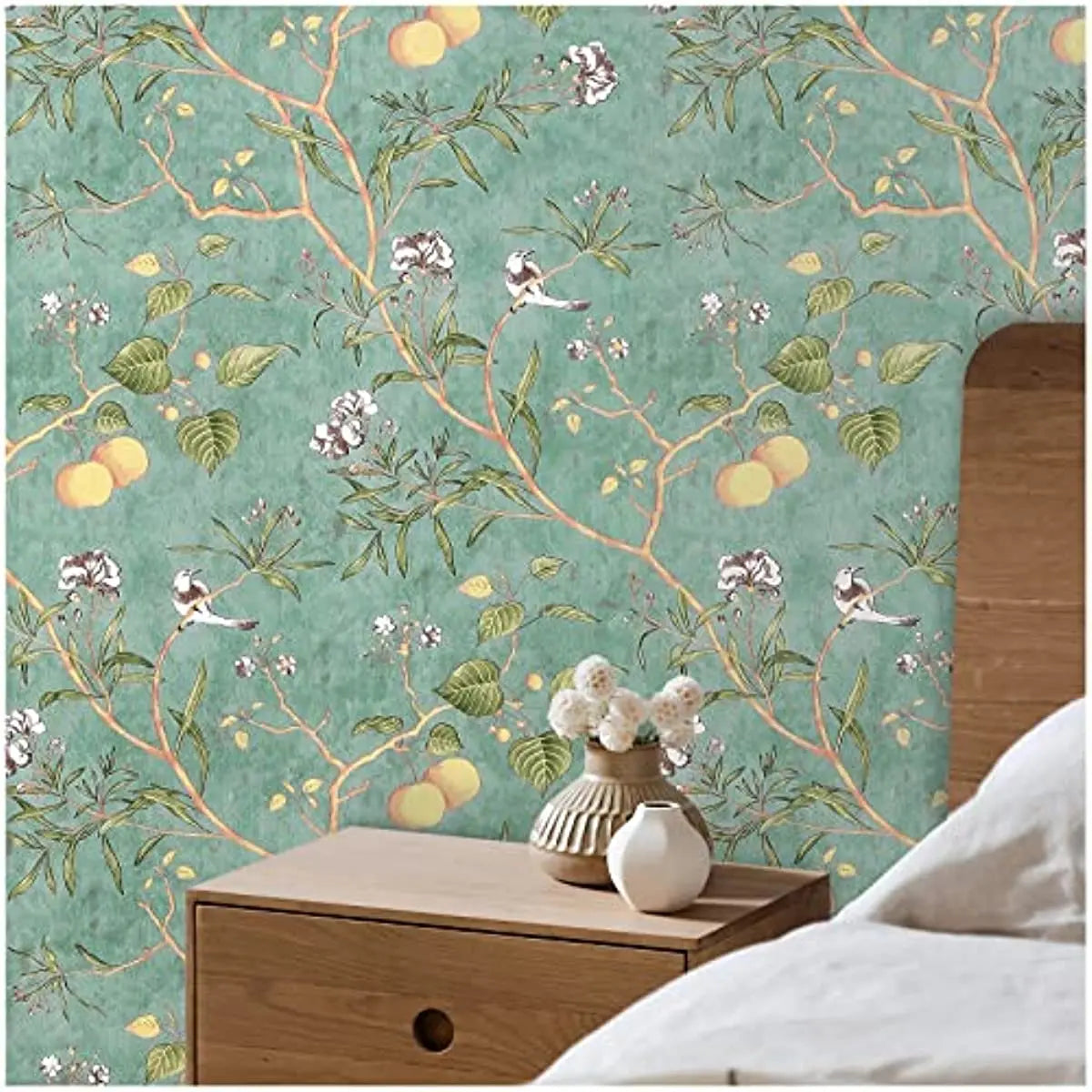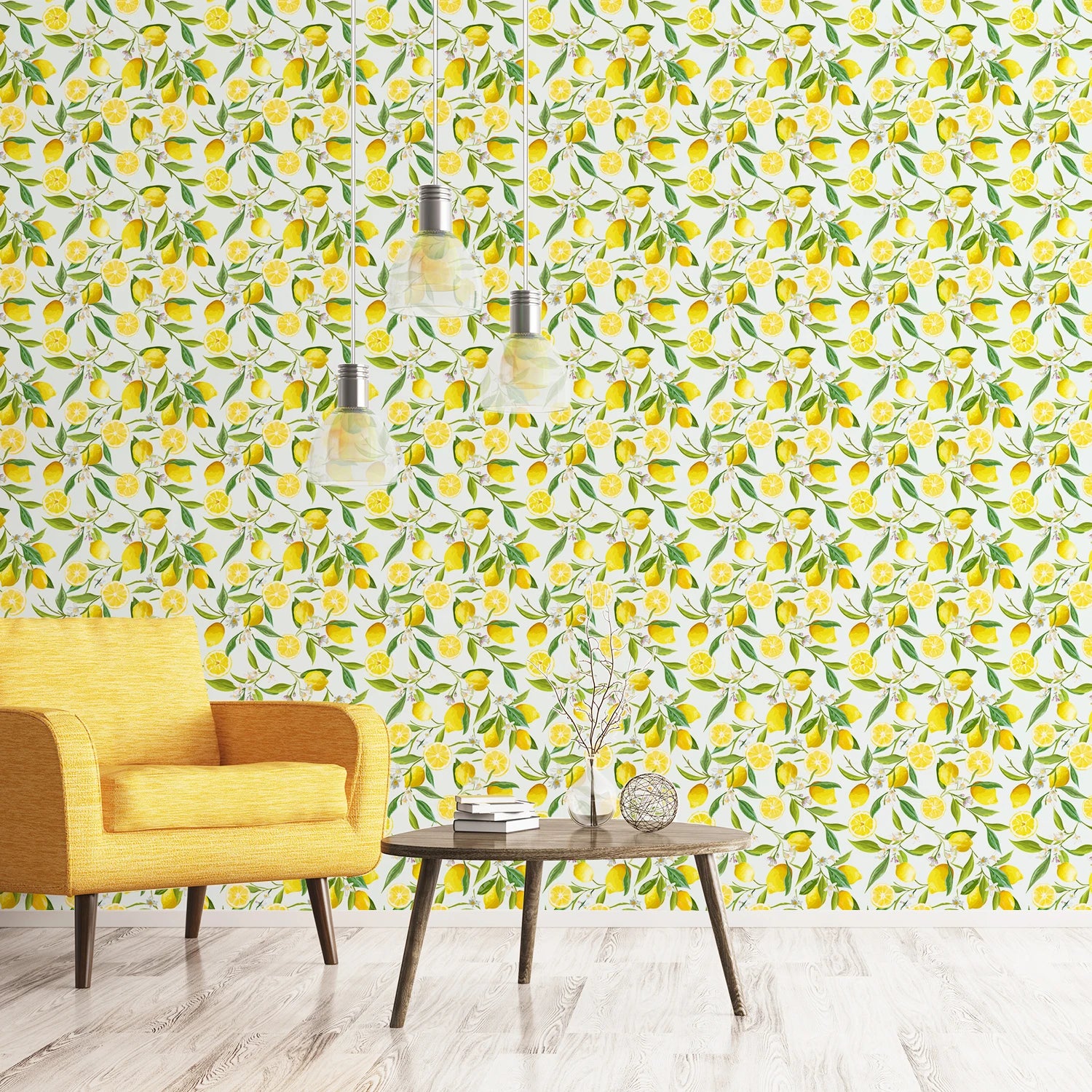How To Put Wall Paper
How to Put Wallpaper: A Step-by-Step Guide to Beautifying Your Walls
Choosing the Right Wallpaper for Your Space
When it comes to putting up wallpaper, the first step is to choose the right one for your space. Consider the style and atmosphere you want to achieve. Whether you prefer bold patterns or subtle textures, make sure the design complements your existing decor. Take into account the lighting conditions in the room as well – lighter shades work well in darker spaces, while darker tones can add depth to well-lit areas. By carefully selecting the right wallpaper, you can create a beautiful and cohesive look in your home.
Preparing Your Walls for Wallpaper Installation
Before you start putting up wallpaper, it’s crucial to properly prepare your walls. First, ensure that the walls are clean and free from any dust or debris. Use a damp cloth or sponge to wipe down the surface, paying extra attention to areas near windows and doors where dirt and grime tend to accumulate. Repair any cracks, holes, or imperfections on the walls by filling them with spackle and sanding them smooth. Lastly, apply a primer or sizing solution to create a smooth and sealed surface that will help the wallpaper adhere properly.
Step 1: Measuring and Cutting the Wallpaper
Measure the height of your walls and add a few extra inches to allow for trimming. Roll out the wallpaper on a clean, flat surface with the pattern side down. Use a tape measure and a pencil to mark the dimensions of your wall, taking care to align the pattern properly. Use a sharp utility knife or scissors to cut along the marked lines. It’s important to cut the wallpaper accurately to ensure a seamless and professional look.
Step 2: Applying Adhesive or Activating the Self-Adhesive
Depending on the type of wallpaper you’ve chosen, you’ll either need to apply adhesive to the back of the wallpaper or activate the self-adhesive backing. If using adhesive, apply it evenly using a paint roller or a wallpaper brush, making sure to cover the entire surface. If your wallpaper is pre-pasted, simply activate the adhesive by wetting the back with a wet sponge or spray bottle. Follow the manufacturer’s instructions to ensure proper activation or adhesion.
Step 3: Hanging the Wallpaper
Start at one corner of the wall and carefully position the top edge of the wallpaper against the wall, leaving a slight overhang at the ceiling. Smooth the wallpaper down using a wallpaper brush or a soft cloth, working from the center outwards to remove any air bubbles or wrinkles. Use a wallpaper smoother or a plastic card to press the wallpaper firmly against the wall and smooth out any remaining air bubbles. Continue applying the wallpaper, aligning the patterns as you go, and trimming the excess at the bottom and edges.
Tips for a Seamless Wallpaper Application
Here are a few additional tips to ensure a seamless and professional-looking wallpaper application:
Prevent Shrinkage:
To prevent shrinkage and ensure an accurate fit, allow the wallpaper to rest for a few minutes after applying adhesive or activating the self-adhesive. This will allow the wallpaper to expand or contract slightly before hanging.
Overlap and Trim:
If using wallpaper with a pattern, it's recommended to overlap the edges slightly. This will give you room to trim and match the patterns accurately for a seamless look. Use a straightedge and a sharp utility knife to trim the excess wallpaper carefully.
Smooth Out Air Bubbles:
Avoid trapping air bubbles under the wallpaper by smoothing it down carefully as you hang it. Start from the center and work your way outwards, using a wallpaper brush, soft cloth, or wallpaper smoother to flatten the surface. Take your time and be patient to achieve the best results.
Cleaning and Maintenance of Wallpaper
To keep your wallpaper looking its best, it's important to follow proper cleaning and maintenance practices. Avoid using abrasive or harsh cleaning products that could damage the wallpaper surface. Instead, lightly dust the wallpaper with a soft cloth or use a vacuum cleaner with a soft brush attachment to remove any dust or debris. If your wallpaper gets stained, use a gentle cleaning solution specifically designed for wallpaper and follow the manufacturer's instructions. Regular maintenance and care will ensure your wallpaper remains beautiful and long-lasting.
Preventing Fading:
To prevent fading of your wallpaper over time, avoid placing it in direct sunlight or near heat sources. Excessive heat and sunlight can cause colors to fade and patterns to deteriorate. Consider using curtains, blinds, or window films to protect your wallpaper from prolonged exposure to sunlight.
Handling Stains:
If you accidentally spill something on your wallpaper, act quickly to prevent the stain from setting. Blot the stain gently with a clean, damp cloth, being careful not to rub or scrub the wallpaper. If the stain persists, use a wallpaper cleaning solution or consult a professional for advice.
Conclusion
Putting up wallpaper is a fantastic way to transform your space and add a touch of personality to your walls. By choosing the right wallpaper, properly preparing your walls, and following the step-by-step installation process, you can achieve a flawless and beautiful result. Remember to take your time, be patient, and follow the manufacturer's instructions for the best outcome. With proper care and maintenance, your wallpaper will continue to enhance your space for years to come.



